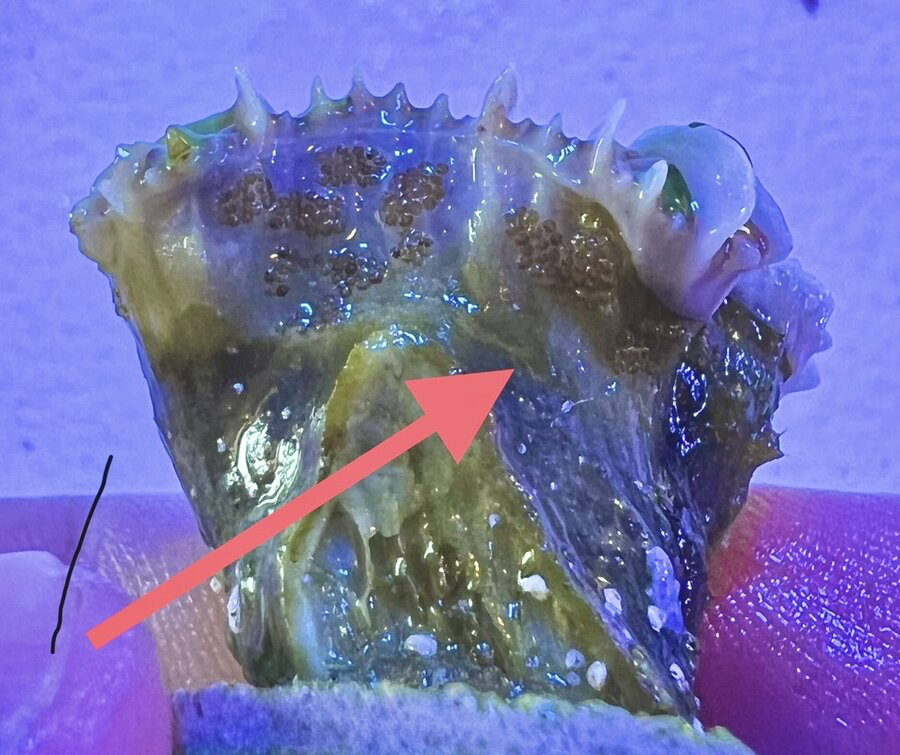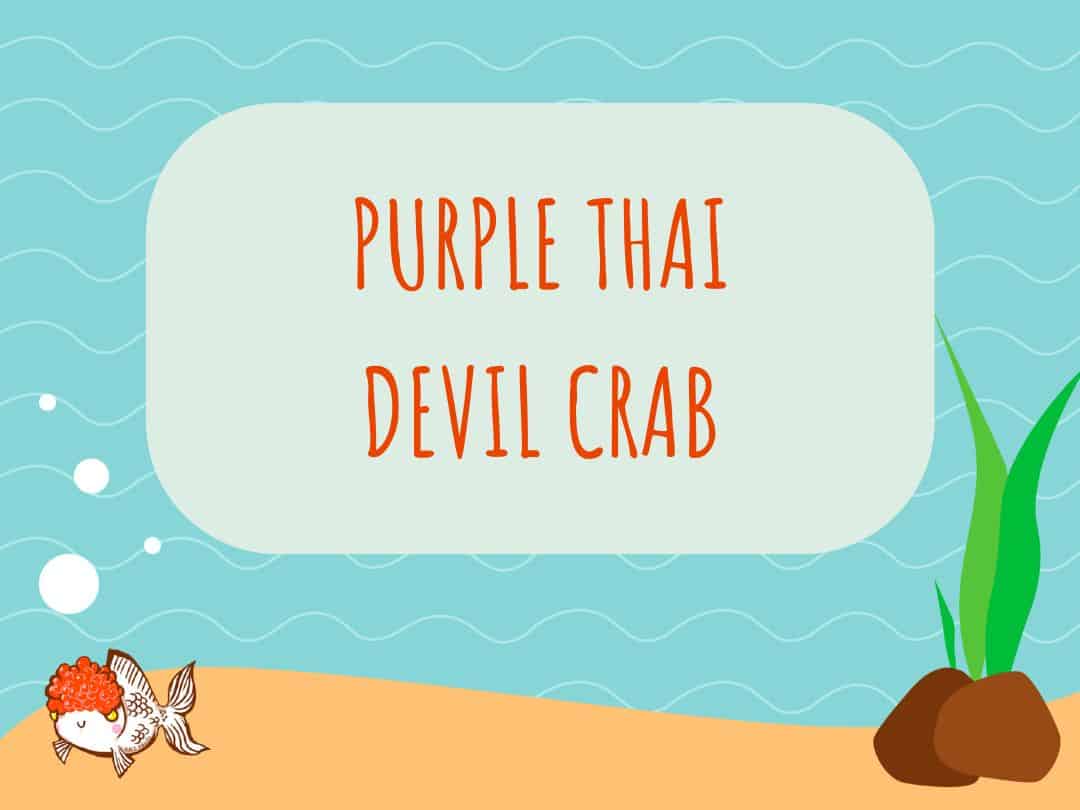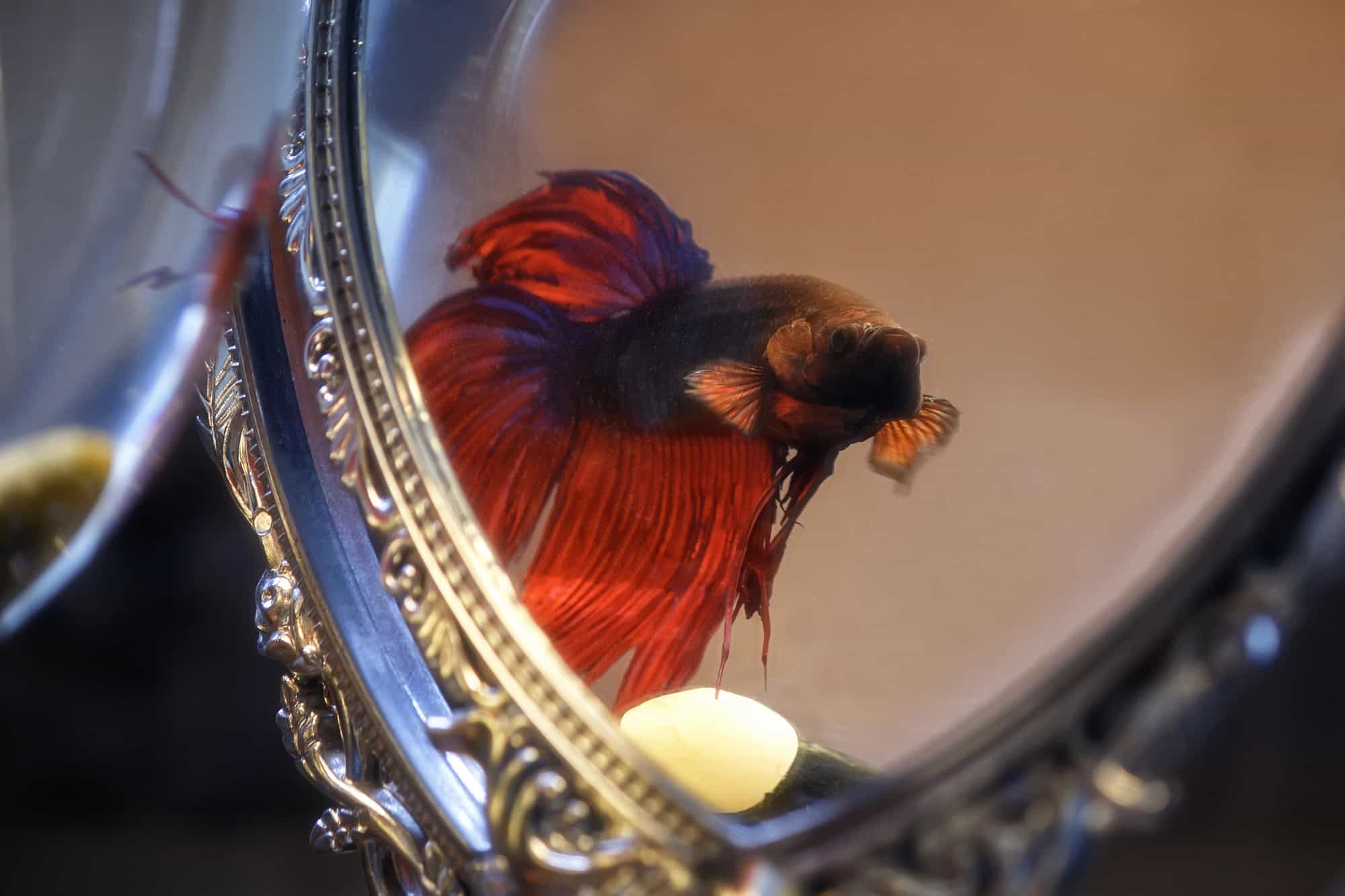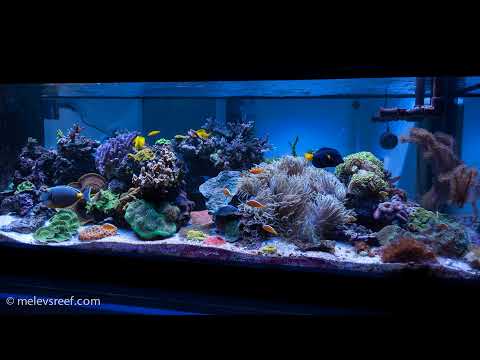Typically when starting a new project we only see the positive aspects and every task is filled with excitement and anticipation. For instance, when setting up a new garden in the Spring, we cultivate the soil, plant the seeds fertilize the young plants, and only think of the great crops we will get out of the garden.
Unfortunately, we never anticipate the squash vine borers that eat our zucchini plants in July or the aphids that destroy our tomatoes, or even the deer that eat anything that is green. Similarly, when we set up a new tank we only think of the beautiful colorful corals that will grow in it and the many hours we will spend enjoying it. We never think of the numerous pests that we may encounter and how they can destroy our dreams in seemingly an instant.
That is why when starting a new tank, it is beneficial and I think even critical as discussed in a previous article that all pieces of coral and other invertebrates be dipped in some manner and quarantined before they are placed in the display tank. Despite this one or two will sneak by and that is why preparations need to be made for when a pest enters your tank. Corals do not die without cause, and unfortunately in a lot of instances, it is at the hands of one of these pests.
Dip and Quarantine corals
The good news is that a lot of these pests can be prevented from entering a tank by simply dipping the coral, removing any eggs seen on the coral as dips do not work on them, and quarantining the coral. The bad news is that despite our best efforts some of these pests invariably sneak into our tanks, and if they do they need to be removed as soon as they are noticed. As a general rule, if I do not know that something I find is good it immediately gets removed. It is far better to remove the one or two beneficial mollusks or crustaceans that I don’t know, rather than allow a pest time to kill something.
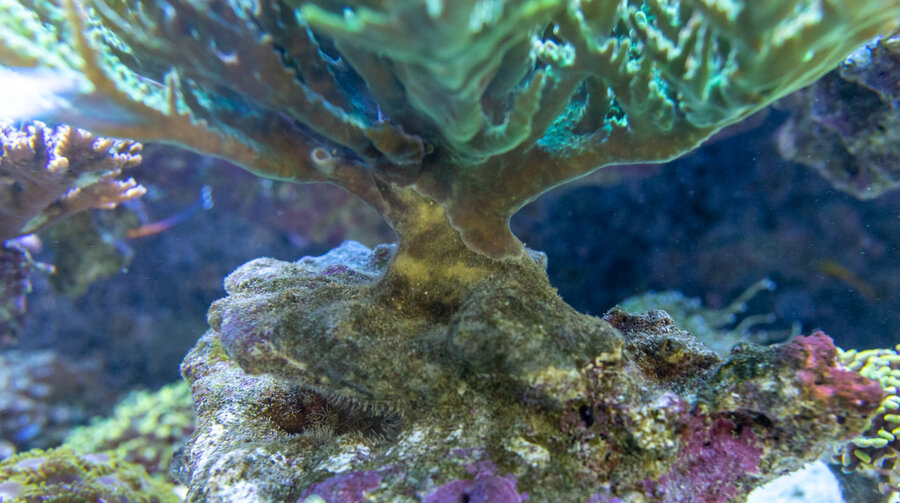
Over the past decade, more and more pests have been discovered, with seemingly more being added each year. So in order to know what to remove, I will try to describe some of the pests that need to be looked for and when possible ways to remove them. If after corals have been dipped and quarantined to remove pests a problem occurs, and water conditions are stable, then it should be presumed that a pest is causing the problem and needs to be removed. The problem is that with so many new pests entering our tanks, we often do not even know what to look for as there are now seemingly not only general pests like Aiptasia anemones but also pests specific to each coral that we keep.
One thing to keep in mind is that most pests are mainly active at night, so it will be difficult to see them causing any damage during the day. When damage occurs, I strongly suggest looking at the tank during the night. For this both white and red flashlights are useful. The red light allows viewing of the tank at night without disturbing the fish or pests. Then when pests are located the white light can be used to locate and remove the pest. Often the quick flash of the bright light will stun the pest so that it will stay motionless and thus make it easier to remove.
Types of reef tank pest
The first group of pests that need to be removed as soon as they are seen are the anemones. These include Aiptasia, Majano, and the less common Bartholomew anemones. While these anemones look like cute little anemones, they sting and burn any corals they come into contact with and if not removed can overwhelm a tank, especially if it is being well-fed. When found the rock or piece of rubble on which these pests occur should be removed and the anemones scraped from it. Care should be taken to remove every portion of the anemone as they can grow back when even a tiny portion of the foot remains. If they cannot be removed natural predators like Aiptasia eating filefish or peppermint shrimp should be added to remove them.
Asterina starfish
Another pest where only some members of the family are pests and the others are benign is the Asterina starfish. Some are good and some are bad, but it is difficult to tell one from another. There are numerous members of this family and a large number of them like other stars are algae and detrivore feeders, that do not bother corals or other invertebrates. However, there are also members that act like miniature crown of thorns starfish and can devastate patches of stony corals. The non-predatory members usually are drab colored gray or beige in color, while the predatory clan usually matches the color of the corals they eat, so they will have more green blue, or even pink on their surface.
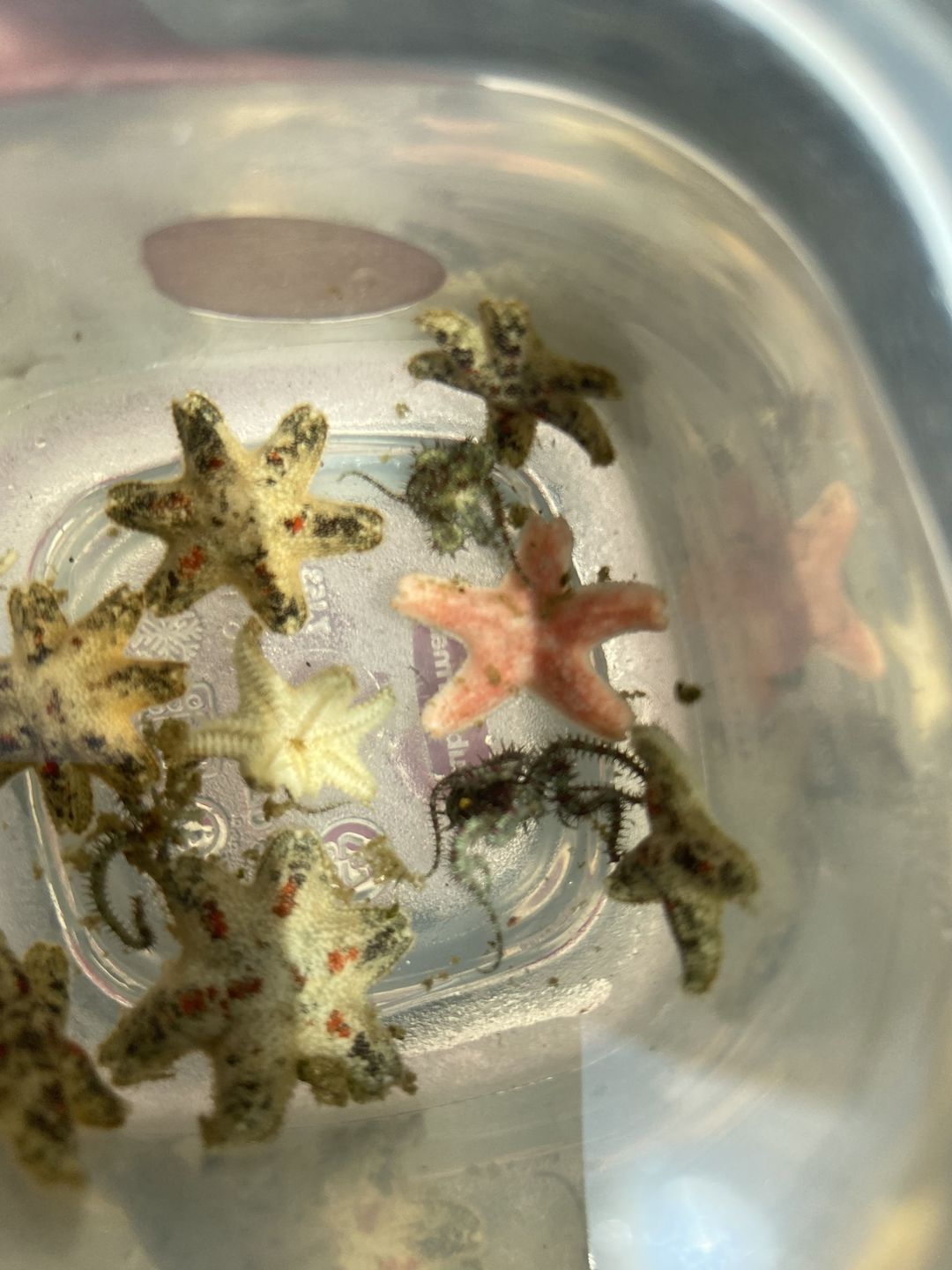
In my experience I have had the pink ones eat pink Pocillopora and Stylophora and the green ones eat green Acroporas. All of them will reproduce quickly by dividing if food is available, and once this happens it is difficult to remove them manually. Fortunately, the Harlequin shrimp is the perfect predator to eradicate them. I have used these shrimp and after just a couple of weeks, most of the stars were gone.
Vermetid snails
A frequently seen pest that in small numbers usually does not cause much damage, but once its population gets out of hand it can do damage are the Vermetid snails. These snails live in hard tubes which they build at the base of coral colonies or on dead portions of the coral’s skeletons. They do not bother the corals directly, but instead build a mucous net which they send out to bring food that adheres to this net. The net is noxious to many sps corals and its presence can irritate corals to the point where they are susceptible to disease.
Because of their hard calcareous skeleton, not many fish can eat these pests and in a well-fed tank, their population can quickly become troublesome. There is no easy or simple way to remove them, other than to break them off as close to their base as possible with cutters or needle nose pliers. For this reason, it is best to remove them as soon as they are seen and to prevent them from entering the tank in the first place.
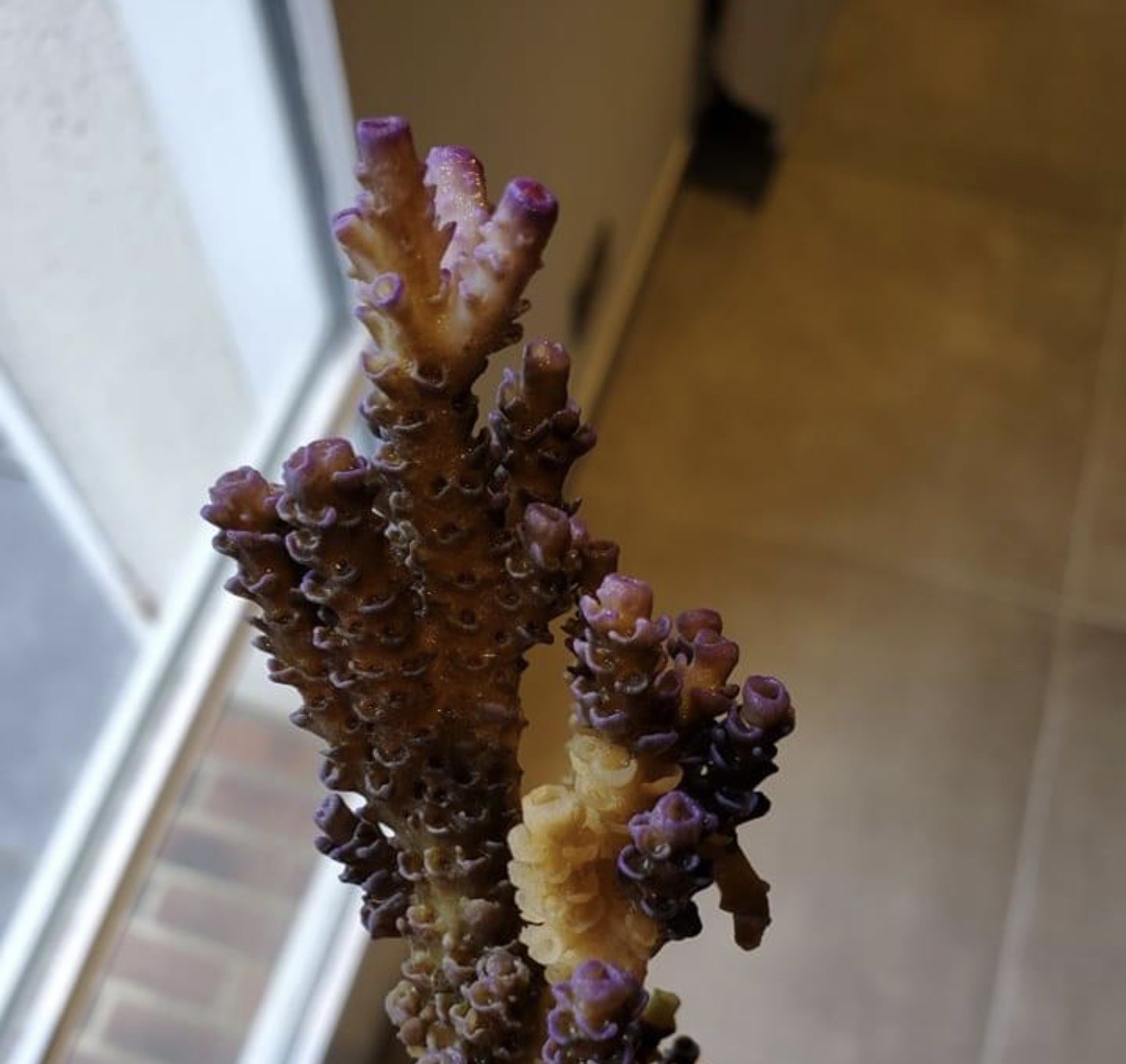
The pests described above are the most common and are usually relatively easy to spot compared to the next couple of pests. The first of these is the dreaded Acropora-eating flatworm (AEFW). Like its name implies this pest consumes the tissue of Acropora and is especially problematic on smooth-skinned Acroporas. Initially, it was thought that there was only one species of this pest, but almost half a dozen different species of this pest have now been described. The most prominent of these species are white or translucent and look like a small piece of clear plastic.
Unless the light hits them right they are difficult to see as they keep their bodies flat against the coral’s surface. If they are blown off with a jet of water most fish will readily consume them, but unfortunately, few fish will pick them off the corals. They also will fall off of corals or be stunned by most dips so they can be kept out if dipping is done on all new corals. Unfortunately, as with most pests, their eggs are impervious to seemingly dipping or anything else and need to be looked for closely and removed on all newly introduced corals. Many tanks containing Acropora have some of these flatworms in the tank and they are usually not a problem unless conditions provide for them to reproduce explosively and this is when severe coral damage occurs.
In order to keep them in check several methods have been shown to help keep their numbers at manageable levels. Any coral showing signs of these flatworms should be removed and dipped and any eggs removed. If a coral is too large to be removed a jet of water can be blown across it to loosen the worms which the fish should eat. If this does not work a jet of freshwater can be blown across the coral as this will shock the worms and loosen their grip which will allow for the fish to eat them. Along with this some fish that have shown a propensity for eating them should be added to the tank. These fish include six-line and yellow Coris wrasses, many Pseudochromis, and Springer’s damselfish. To be honest I have had mixed success employing these fish to control this pest.
Monitipora Eating Nudibranchs
Worse than the AEFW are the Montipora-eating nudibranchs. These pests resemble Berghia nudibranchs and feed on just about any type of Montipora. Like the AEFW they often slip in under the Montipora colony where it is attached to a piece of live rock or frag plug. The adults are large enough that if seen they can be readily removed, but the eggs are usually small packets and relatively nondescript so they often evade detection. Once they hatch the small nudibranchs immediately start eating the nearby Montipora and can consume a frag in a single evening. Then once it is gone, they quickly move onto neighboring Montiporas, seemingly immediately begin laying more eggs, and any Montiporas in their path are consumed.
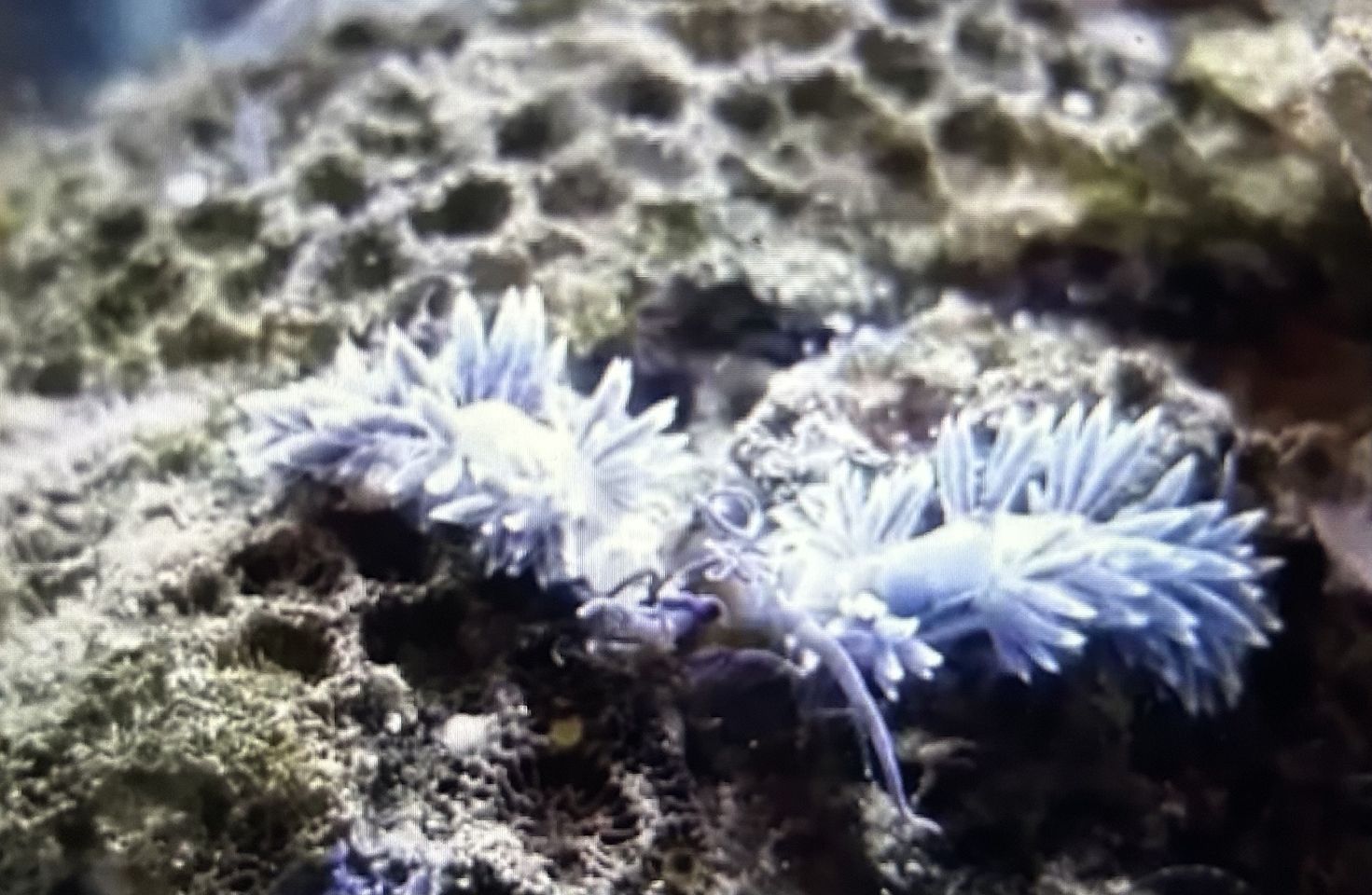
To date, no natural predators have been found and no chemical means for treating a tank containing them has been found. The only successful way I have found to manage them once they are in a tank is to remove all of the Montipora colonies and frags and dip them once a week for at least a month, but even this has not proven to be completely successful. The only other method I have tried is to remove all Montiporas to a separate tank and dip them every week for two months and to keep the tank they were in free of any Montiporas during this time. There have been some reports that if no Montiporas are present they will move on to other sps, but this has not been my experience.
Goniopora Eating Nudibranchs
With Goniopora corals becoming more popular than ever it is not surprising that unfortunately a predator specific to these corals has also recently popped up. The Goniopora-eating nudibranch Phestilla goniophaga (which means Goniopora eater) has recently reared its ugly head. Also resembling Berghia nudibranchs, this pest eats all of the members of the Goniopora family including Alveopora and Bernardpora. These pests are hard to see as they lurk in the polyps of the colony they are attacking. Telltale signs that they are present include tracks or dead areas on the colony or a dead ring starting from the bottom of the colony. Like most nudibranchs, they can be removed by dips, but again their eggs must be manually removed in order for them to be eliminated. As with all corals now being maricultured in large numbers, these pests will undoubtedly become more widely seen.
Euphyllia eating flatworms
Similarly, due to their increased popularity, there are also now Euphyllia-eating flatworms we need to worry about. These beige/brown pests live underneath the polyps on the hard surface of Euphyllia colonies and consume all of the members of this family. In addition to consuming the flesh their marauding also stresses the colony and leaves it susceptible to brown jelly infections and other pathogens. If colonies are not expanding fully or if tissue is missing, then these pests should be looked for. Again dipping is the main way of eliminating them along with the physical removal of their eggs and this should be done every other day until these pests are eliminated. This frequent dipping is necessary as they seem to have a short life span and thus reproduce quickly.
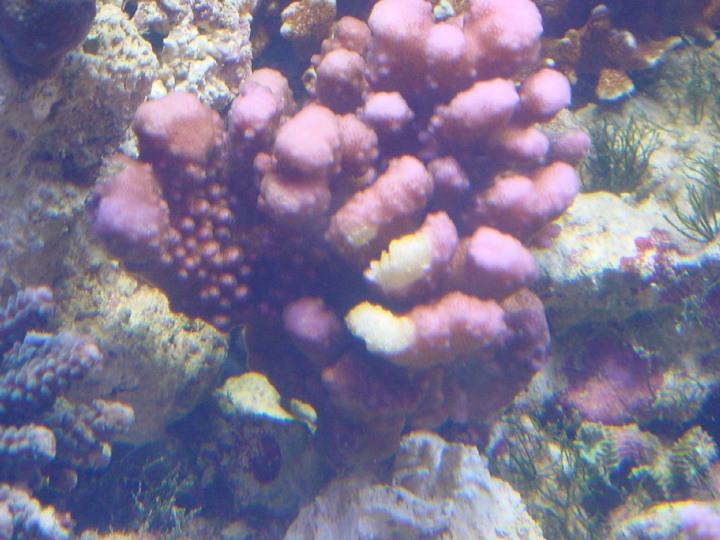
Obviously, there are many more pests out there than what was described above, but these are some of the ones most likely to be encountered when setting up a new tank. Having battled all of them at some point I have become an even bigger advocate for dipping, inspecting, and quarantining every new animal that will be added to my tanks. Preventing even one pest from entering is far easier than having to remove dozens. Preventing them from entering not only helps save the corals, but it also will save time and money down the road. Despite our best attempts some pests will still sneak through. When this happens remove them immediately, this is the one time in the hobby when doing something fast does pay benefits.
